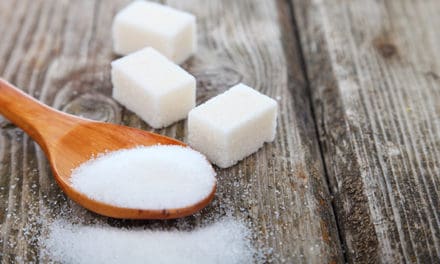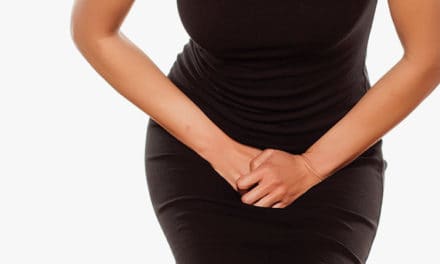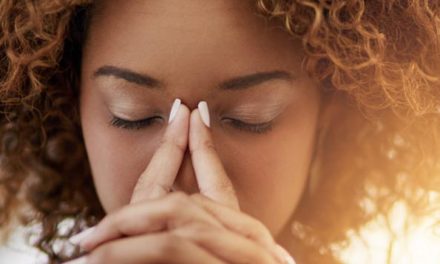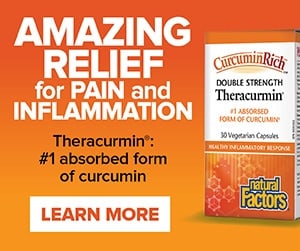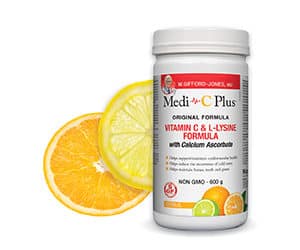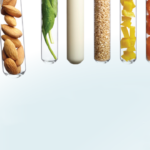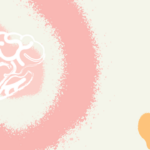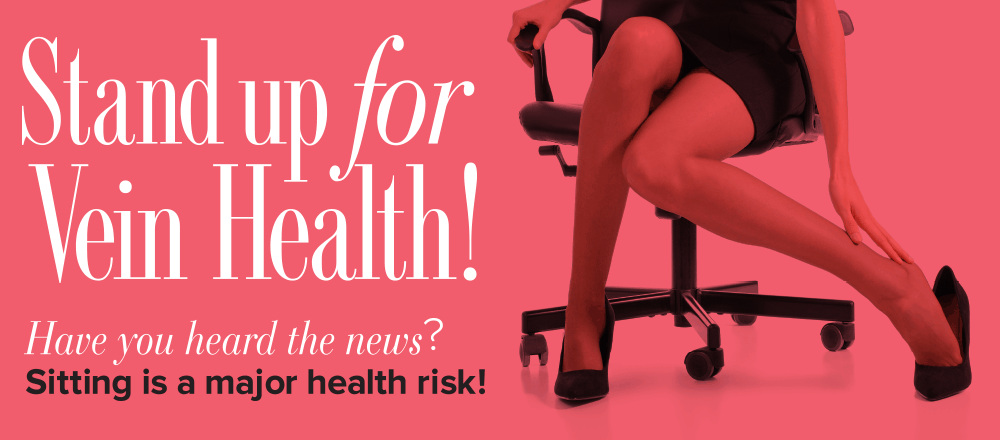
Have you heard the news? Have you heard the news? Sitting is a major health risk!
It’s true: The American Medical Association (AMA) reports that sitting for extended periods of time – like a full day at work – can be so bad for health that, according to Genevieve Healy, PhD of the Research Centre of the University of Queensland in Australia, not even 30 minutes a day at the gym will counteract it. Sitting, some are saying, is the new smoking. Why is it so bad for us? Research shows that too much sedentary activity (or non-activity) causes the body to shut down at a metabolic level. Circulation slows, we burn fewer calories, and health is compromised.
One of the key effects of too much sitting is the topic of this article – poor vein health. The result can be blue or purple and bulging varicose veins – unsightly no doubt, and unhealthy for sure. Varicose veins cause aching, itching, inflammation, swelling, and muscle cramps. A lesser-known result of poor vein health is restless leg syndrome, which makes sitting in a theater or trying to sleep an absolute misery for some. If you’re trying to avoid these problems, or to reduce their impact on your life, there are steps you can take.
Lifestyle Changes:
Courtesy of the Mayo Clinic
- Avoid standing or sitting for long periods without taking a break. When sitting, avoid crossing your legs, and keep them slightly elevated not just when sitting, but also when resting or sleeping. When you can, raise your legs above the level of your heart to give your veins a break!
- Do physical activities to get your legs moving and improve their muscle tone. This helps blood move through your veins.
- If you’re overweight, begin a program of regular, moderate exercise – perhaps join a walking group! Losing weight will improve blood flow and ease the pressure on your veins.
- Avoid wearing tight clothes, especially those that constrict your waist, groin, upper thighs, or lower legs. Tight clothing can make varicose veins worse.
- Avoid wearing high heels for long periods. Lower-heeled shoes can help tone your calf muscles, and toned muscles help blood move smoothly through the veins.
If you think you drew the hereditary short straw in your family – the one that predisposes you to varicose veins, with all their unsightliness and discomfort – stand up and cheer! Through a combination of lifestyle changes and nutritional support, you can begin working to prevent vein issues from developing, or keep them from getting worse. Of course, getting up off your chair to give yourself that round of applause is the healthiest way to start!
Nutritional Support
For my patients who have tired, sore legs, have jobs that require them to sit too much, or have a family history of varicose veins, I recommend VeinSense®. VeinSense is a dietary supplement containing nutrients that have been used for centuries to help support healthy vein structure and retain vein integrity. Each key ingredient of VeinSense is backed by research showing a beneficial effect on vein health, including:
- Diosmin, which improves vein tone, increases lymphatic drainage, and strengthens capillaries.
- Horse chestnut extract, which alleviates heaviness in the legs, and relieves itching, swelling, and night-time cramps. The active compound in the extract is aescin, which supports the walls of the veins and maintains the entire vein’s healthful integrity.
- Butcher’s broom, another ingredient that has been shown to maintain healthy veins, while also decreasing episodes of itching and burning.
- Hesperidin, which has been used for many years in Europe, in combination with diosmin, to support vein health. (A plus: it has also been shown to be a good all-natural option for people who suffer from hemorrhoids.)


